
2018
-

Who Wants to Be a Self-Driving Car?
Joey Lee, Benedikt Groß, Raphael Reimann, MESO Digital Interiors, David Leonard
Who Wants to be a Self-driving Car? is a data driven trust exercise that uses augmented reality to help people empathize with self-driving vehicle systems. We built an unconventional driving machine that lets people use real-time, three-dimensional mapping and object recognition, displayed in a virtual reality headset to navigate through space.
-
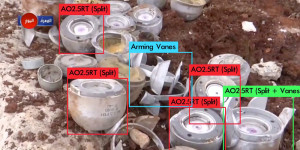
VFRAME: Visual Forensics and Advanced Metadata Extraction
Adam Harvey
VFRAME is a computer vision toolkit designed for human rights researchers and investigative journalists. It provides customized state-of-the-art tools for object detection and quantification, scene classification, visual search, image annotation for creating datasets, APIs to integrate with existing workflows, the ability to train new algorithms, and graphic content filtering algorithms to reduce exposure to traumatic…
-

Social Wallet
Dyne.org
The once called Freecoin project, today renamed Social Wallet, is developed by Dyne.org Foundation as a result of 7 years of research, community co-design, and development within the works of two European projects on Collective Awareness Platforms for Sustainability and Social Innovation.
-
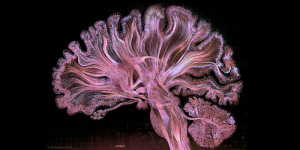
Self Reflected
Greg Dunn, Brian Edwards, Will Drinker
Dr. Greg Dunn (artist and neuroscientist) and Dr. Brian Edwards (artist and applied physicist) created Self Reflected, the world’s most complex artistic depiction of the human brain, to reveal insight into the complexity of consciousness by revolutionizing the way in which the average person thinks about the brain.
-
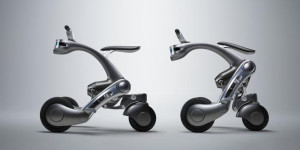
RidRoid “CanguRo”
Future Robotics Technology Center (fuRo), Shunji Yamanaka
As a partner robot, it never leaves the side of its master. It transforms into a vehicle that augments its master’s physical functions—motional and sensory—and travels with the master as one. It is a machine lifeform produced from the latest robotics and AI technologies fused by product design.
-
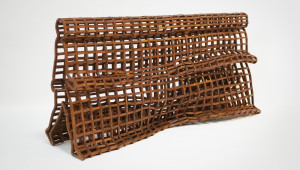
Rediscovery of Anima
Akinori Goto
The aim of this project is to discover “anima,” which could have existed, but did not exist. The word “Anima” means “life” or “soul” in Latin, and “animation” derives from this word.
-
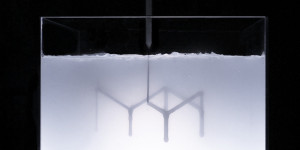
Rapid Liquid Printing
Self-Assembly Lab, MIT + Christophe Guberan + Steelcase
Rapid Liquid Printing physically draws in 3D space within a gel suspension, and enables the creation of large-scale, customized products made of real-world materials. Compared with other techniques we believe this is the first development to combine industrial materials with extremely fast print speeds in a precisely controlled process to yield large-scale products.
-
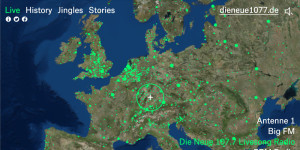
Radio Garden
By bringing distant voices close, radio connects people and places. Radio Garden allows listeners to explore processes of broadcasting and hearing identities across the entire globe.
-
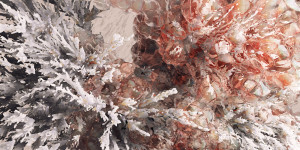
Quantum Fluctuations
Markos Kay
Made as a series of virtual experiments, Quantum Fluctuations shows the complexity and transient nature of the most fundamental aspect of reality, the quantum world, which is impossible to observe directly.
-

Pounding Heart
Yasmin Litschauer, Chiara Mazanec, Aisling Pircher, Laura Scheidl, Johannes Zottele
Our idea is to visually depict heartbeat frequency by means of a piece of sculpture. While participants wearing headphones listen to various acoustic situations, the change of their pulse is measured by an electronic device, which sends the registered data to the sculpture, where it’s visualized with light.
-
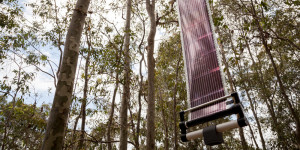
Off Grid
Andrew Styan
Scientific research cannot exist in isolation from society. This is certainly true of renewable energy research where (at least in Australia) the imperative for environmental sustainability is frustrated by short-term economic and political demands. Off Grid responds to these issues.
-

Norman
James Paterson
In 2017 I created a custom animation tool—for myself. A tool to enable and facilitate my imagination and flow. Norman is the animation tool I’ve always wanted. Named after Norman McLaren, a visionary Canadian animator, the tool is built in JavaScript, runs in a web browser, and lets me animate naturally in 3D using VR…

